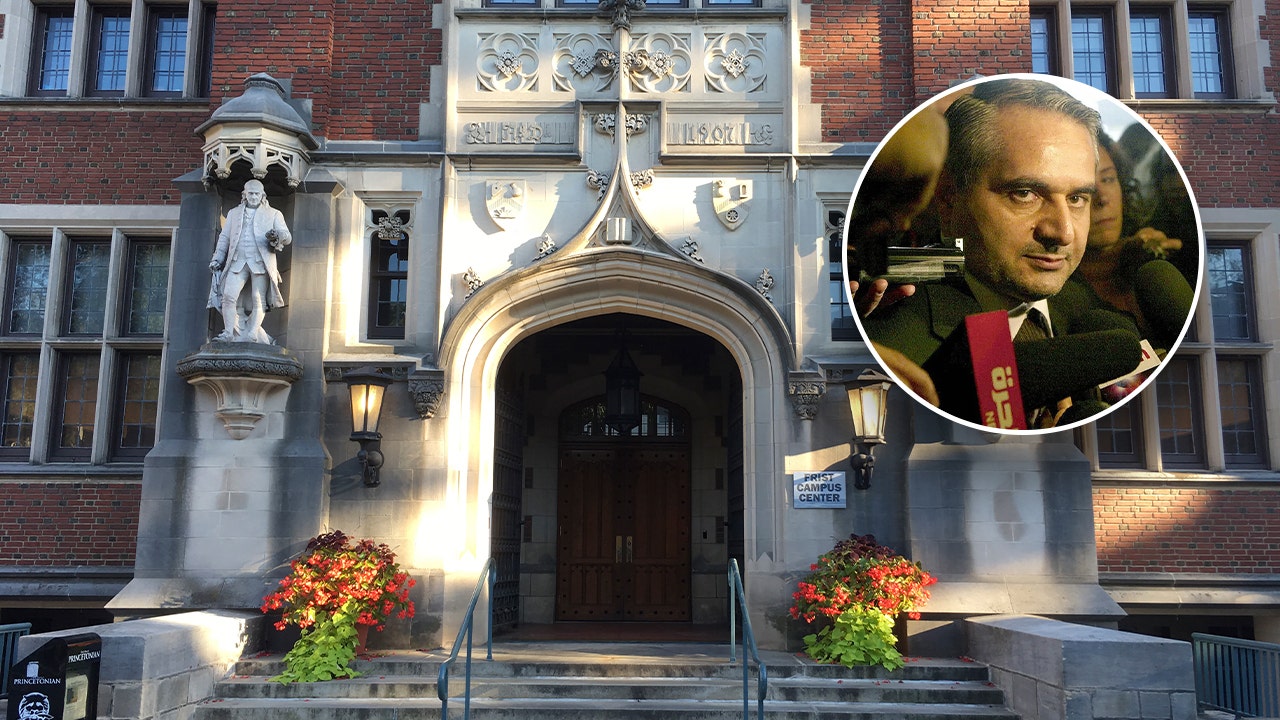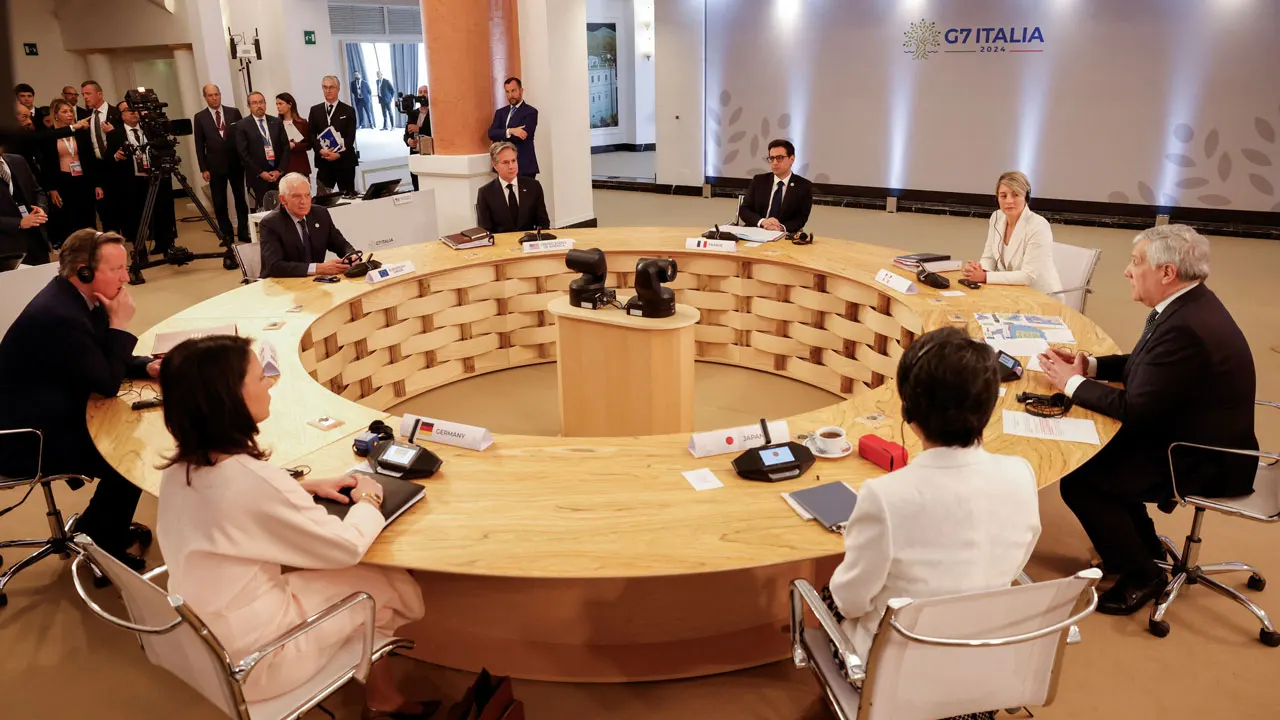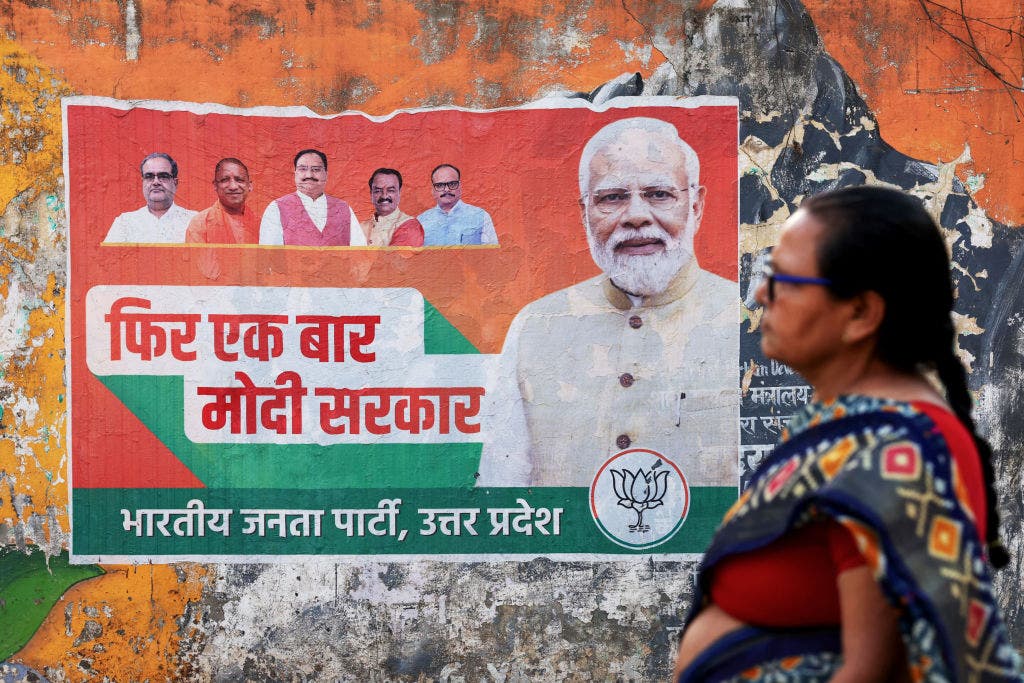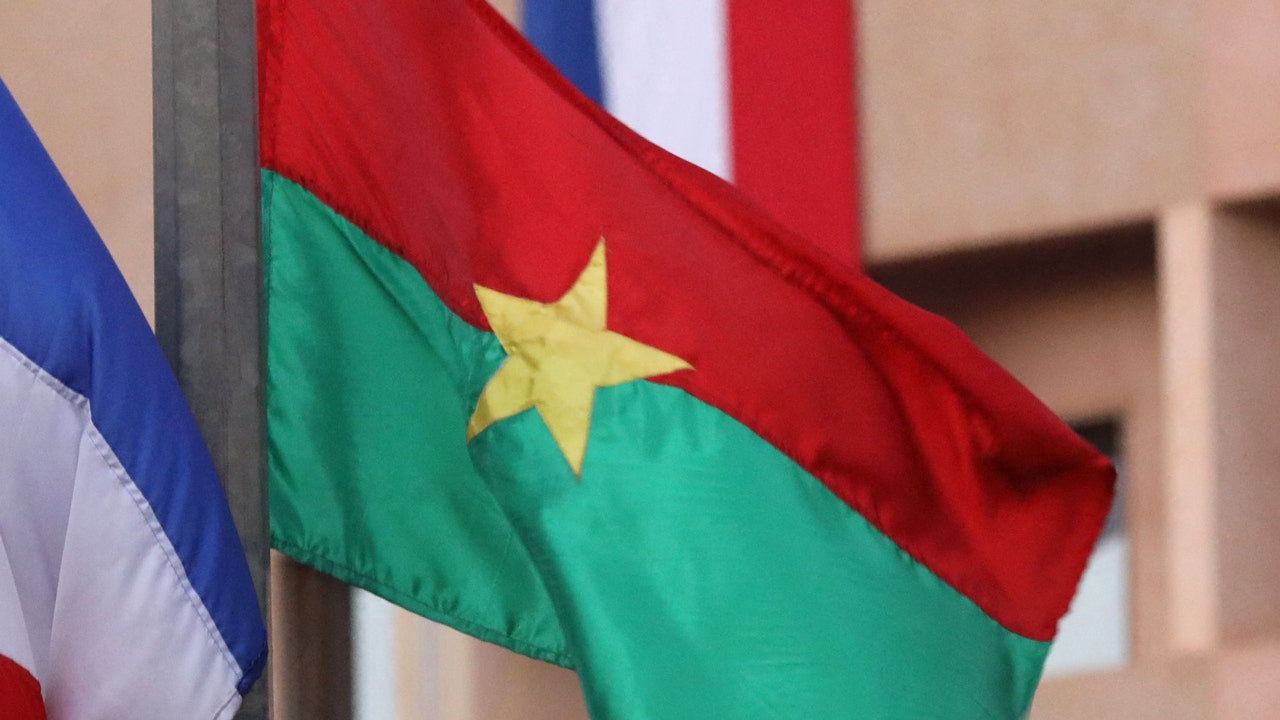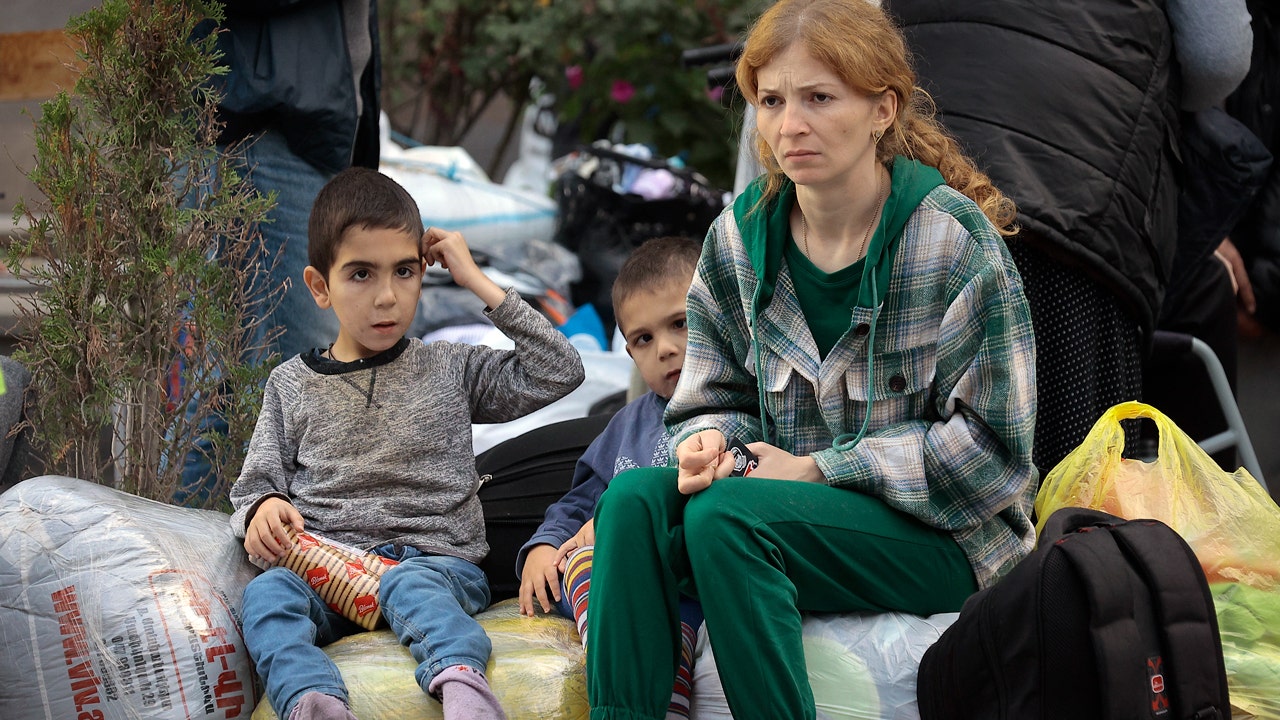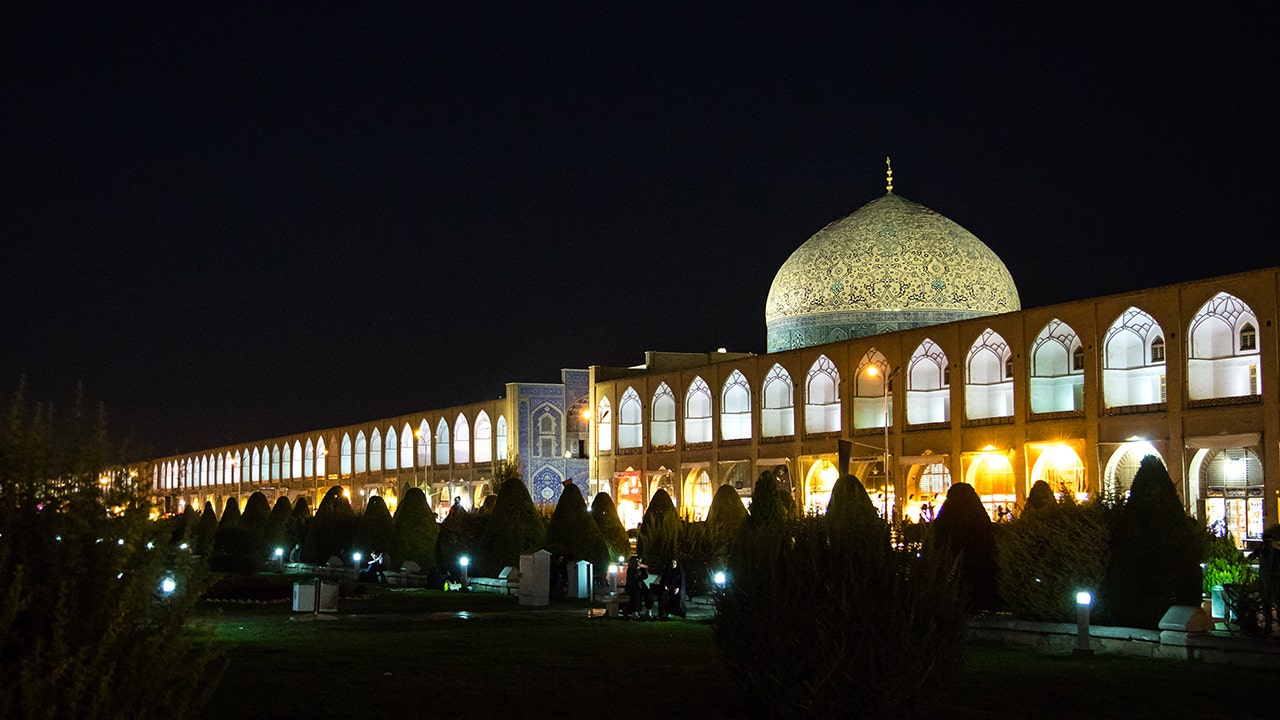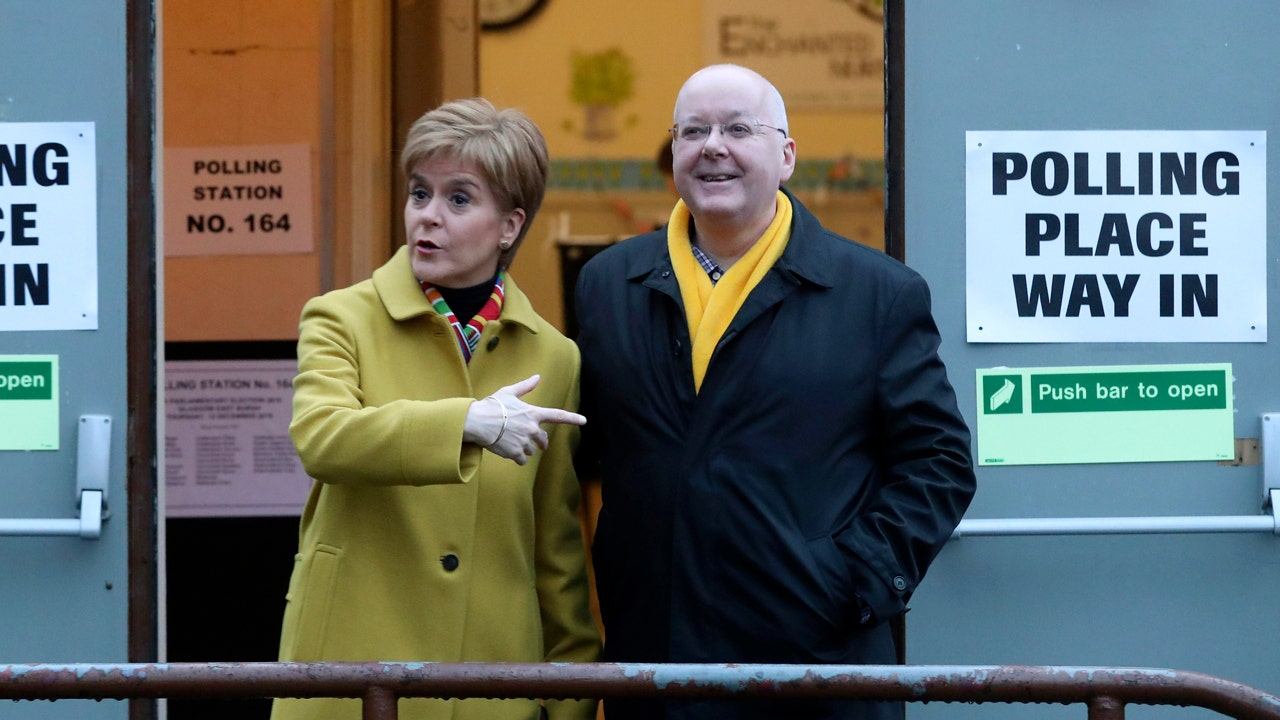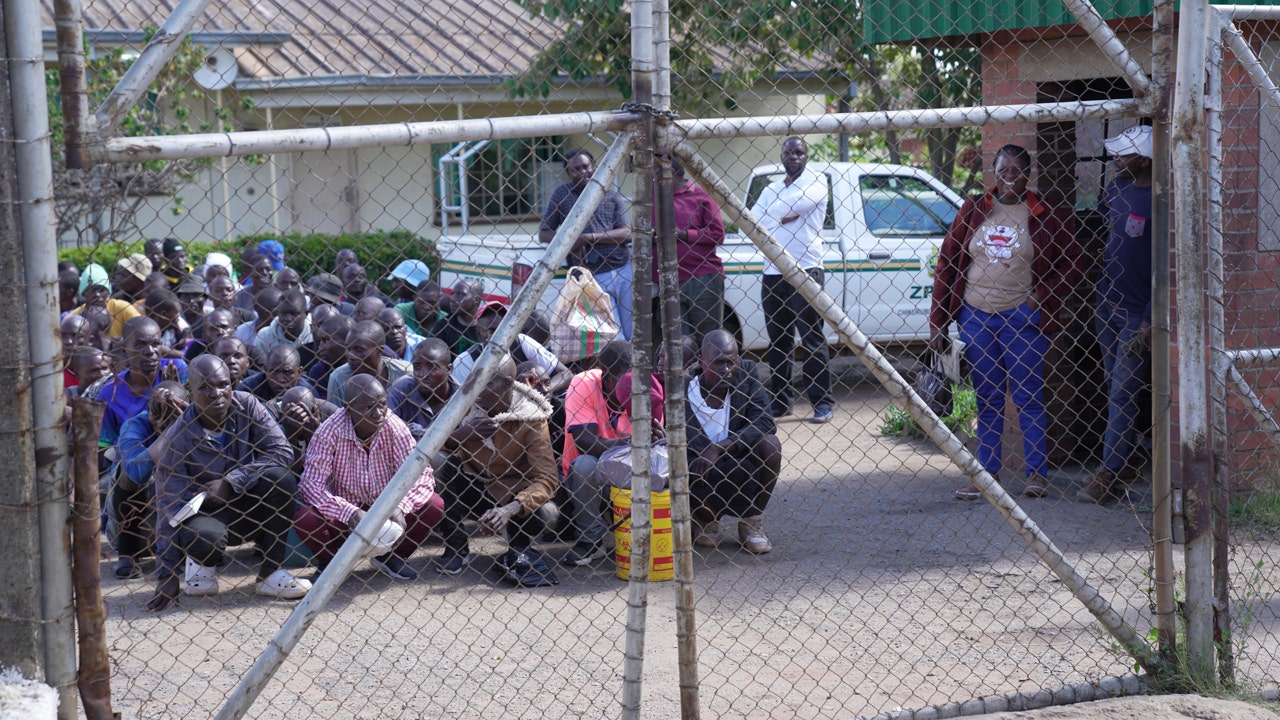The slow-simmering cross-border conflict between Lebanon’s Hezbollah militant group and Israeli forces escalated Wednesday, reviving fears that the daily clashes could expand into an all-out war.
A rocket fired from Lebanon struck the northern Israeli town of Safed, killing a 20-year-old female soldier and wounding at least eight people.
Israel responded with airstrikes that killed at least 10 people in southern Lebanon, including a Syrian woman, her two children, four members of another family and three Hezbollah fighters. At least nine people were wounded.
ISRAEL ISSUES DETAILED THREAT TO HEZBOLLAH, IRAN AS GAZA WAR HITS 4 MONTHS
The cross-border violence was triggered by the Israel-Hamas war in Gaza, which in turn was set off by the Oct. 7 attack on southern Israel by Hamas, a Hezbollah ally.
Hezbollah did not claim responsibility for Wednesday’s strike. But it has vowed to continue its attacks until there is a cease-fire in Gaza. Amid fears of a further escalation, here’s a look at the arsenals of the two sides:
WHAT ARE HEZBOLLAH’S MILITARY CAPABILITIES?
Hezbollah is the Arab world’s most significant paramilitary force with a robust internal structure as well as a sizable arsenal. Backed by Iran, its fighters have gained experience during Syria’s 13-year conflict in which they helped tip the balance of power in favor of government forces.
Hezbollah’s leader, Hassan Nasrallah, had boasted that the group has 100,000 fighters, though other estimates put its troop strength at less than half that. Israel wants Hezbollah to withdraw its elite Radwan Force from the border so tens of thousands Israelis displaced from northern towns and villages can return home.
Hezbollah holds a vast arsenal of mostly small, portable and unguided surface-to-surface artillery rockets, according to the Center for Strategic and International Studies, a Washington think tank. The U.S. and Israel estimate Hezbollah and other militant groups in Lebanon have some 150,000 missiles and rockets. Hezbollah also has been working on precision-guided missiles.
Hezbollah has previously launched drones into Israel and in 2006, hit an Israeli warship with a surface-to-sea missile. Its forces also have assault rifles, heavy machine guns, rocket-propelled grenades, roadside bombs and other weaponry.
During the current conflict, Hezbollah has frequently used Russian-made portable anti-tank Kornet missiles. More rarely, it has launched Burkan rockets that, according to Nasrallah, can carry a warhead that weighs between 660 pounds and 1,100 pounds.
In recent weeks, Hezbollah has introduced new weapons including a surface-to-surface missile with a range of 6 miles and a warhead weighing 110 pounds.
WHAT ARE ISRAEL’S MILITARY CAPABILITIES?
Israel’s military has long been supported by the United States, with $3.3 billion in annual funding, plus $500 million toward missile defense technology.
Israel is one of the best-armed nations in the wider Middle East. Its air force includes the advanced American F-35 fighter jet, missile defense batteries including the American-made Patriot, the Iron Dome rocket-defense system and a pair of missile-defense systems developed with the U.S., the Arrow and David’s Sling.
Israel has armored personnel carriers and tanks, and a fleet of drones and other technology available to support any street-to-street battles.
Israel has some 170,000 troops typically on active duty and has called up some 360,000 reservists for the war — three-fourths of its estimated capacity, according to the International Institute for Strategic Studies, a British think tank. With the war now in its fifth month, many of those reservists have returned home.
Israel has also long maintained an undeclared nuclear weapons program.
HOW SERIOUS IS THE LATEST ESCALATION?
While most analysts believe there is little appetite for a full-blown war by either Hezbollah or Israel, there are fears that a miscalculation by either side could trigger a major escalation. The U.S., France and other countries have dispatched diplomats in recent weeks to try to tamp down tensions on the border.
Speaking on Tuesday, Nasrallah responded to threats by Israeli officials to launch an offensive if his group does not pull its forces back from the border. “If you expand (the conflict), we will expand,” he said.
Wednesday’s exchange of strikes, some of which hit relatively far from the border area, is a clear indication of the risks that the violence could spill out of control.
The two sides fought a 34-day war in 2006 that ended in a draw.
Read the full article here


